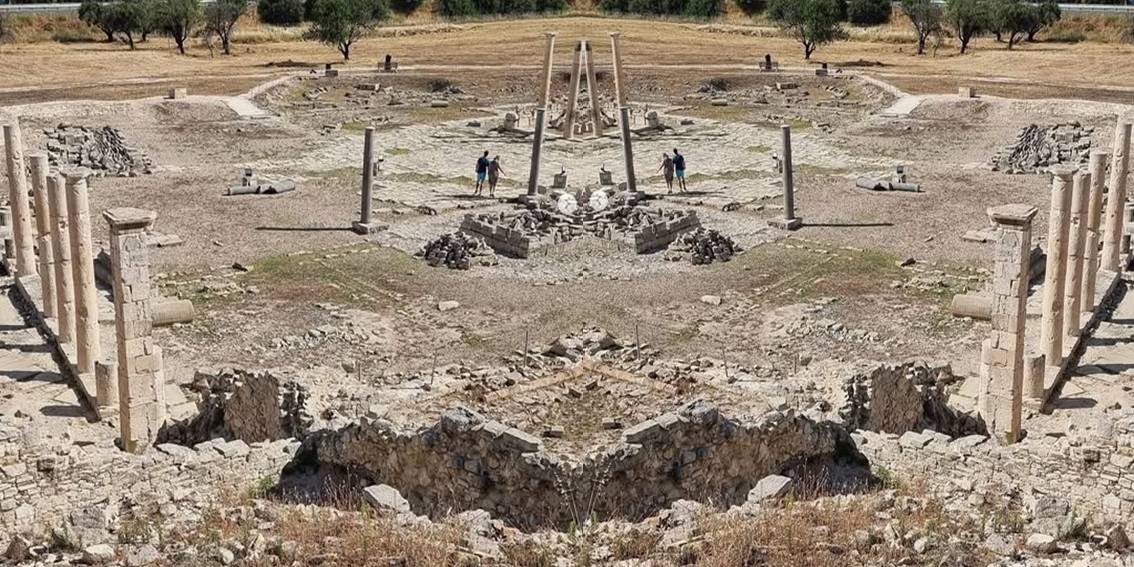The Iron Age Palace: Historic Discovery in Ancient Amathus
The Iron Age Palace: Archaeologists have uncovered a grand Iron Age palace in Amathus, Cyprus. The site dates back to the 8th–7th century BCE, revealing new insights into the island’s ancient kingdoms.
A Glimpse into Cyprus’s Royal Past
The palace features multiple rooms, courtyards, and sophisticated architecture. Experts believe it served as a political and administrative center for the Amathus city-kingdom.
Rich Artefacts and Treasures
Excavations revealed pottery, jewelry, and bronze tools. Intricate carvings and imported goods suggest strong trade links with Greece, Egypt, and the Near East.
Evidence of Advanced Engineering
The structure includes advanced drainage systems and fortified walls. Builders used high-quality limestone, showcasing the wealth and skill of the Amathus civilization.
Links to Ancient Legends
Amathus connects to Greek mythology as a possible cult site for Aphrodite. The discovery may provide clues about religious practices in Iron Age Cyprus.
What’s Next for the Excavation?
Researchers will continue studying the site to uncover more secrets. The findings could reshape our understanding of Cyprus’s role in the ancient Mediterranean.
A Major Step for Cypriot Archaeology
This discovery highlights Cyprus’s importance in antiquity. Future studies may reveal more about its rulers, economy, and cultural exchanges.
Location: Amathus, near Limassol, Cyprus
Era: Iron Age (8th–7th century BCE)
Significance: One of the best-preserved Iron Age palaces on the island.
For updates, follow the Department of Antiquities of Cyprus.


